Madonna and Child
Papier-mache, 54 x 40 cm
The work in question, created by a workshop active in the Venetian area during the seventeenth century, represents the Virgin with the Christ Child united in an embrace that stands out for sweetness and meaning, capable of transmitting the depth of the sense of motherhood. The delicate play of looks and gestures contribute to this purpose. We want to emphasize the accurate rendering and definition of the folds of the dress, made with plastic force, in the games between light and shadow.
The sculpture is molded in papier-mâché, following a complex process that involved, after having created a supporting structure, modeling the figure in clay, the production of the shape or cast made of plaster, the printing of paper in the form and its mounting on the final structure. The paper, to get a greater consistency, was soaked with flour glue. For centuries this technique was an authentic art, appreciated for its flexibility and lightness, for the extreme adaptability to the most disparate needs and for the exceptional mimetic qualities of the material, suitable for any simulation. The greatest sculptors of the Renaissance and Baroque, such as Sansovino and Bernini, have engaged in the practice of papier-mâché, producing authentic masterpieces. Most of the ephemeral festive and theatrical apparatuses, then, as Vasari recalls, were made of papier-mâché and often constituted an opportunity to experiment bold and unpublished solutions that then could be proposed for more lasting enterprises. Donatello, however, gave real prestige to the technique, thanks to his experimentalism in the most disparate techniques, from stucco to terracotta to glass, which contributed to spreading the practice, thanks also to the flourishing workshops of Donatello in Padua and Siena.
The subject of this work is particularly fascinating for its sweetness and refinement. Painters very often managed such a production, since polychromy was the most complex, expensive and qualifying aspect of similar works of art; Examples are the productions of Neri di Bicci who became an interpreter and popularizer of the Madonnas in stucco of Desiderio da Settignano.
The object is in good condition



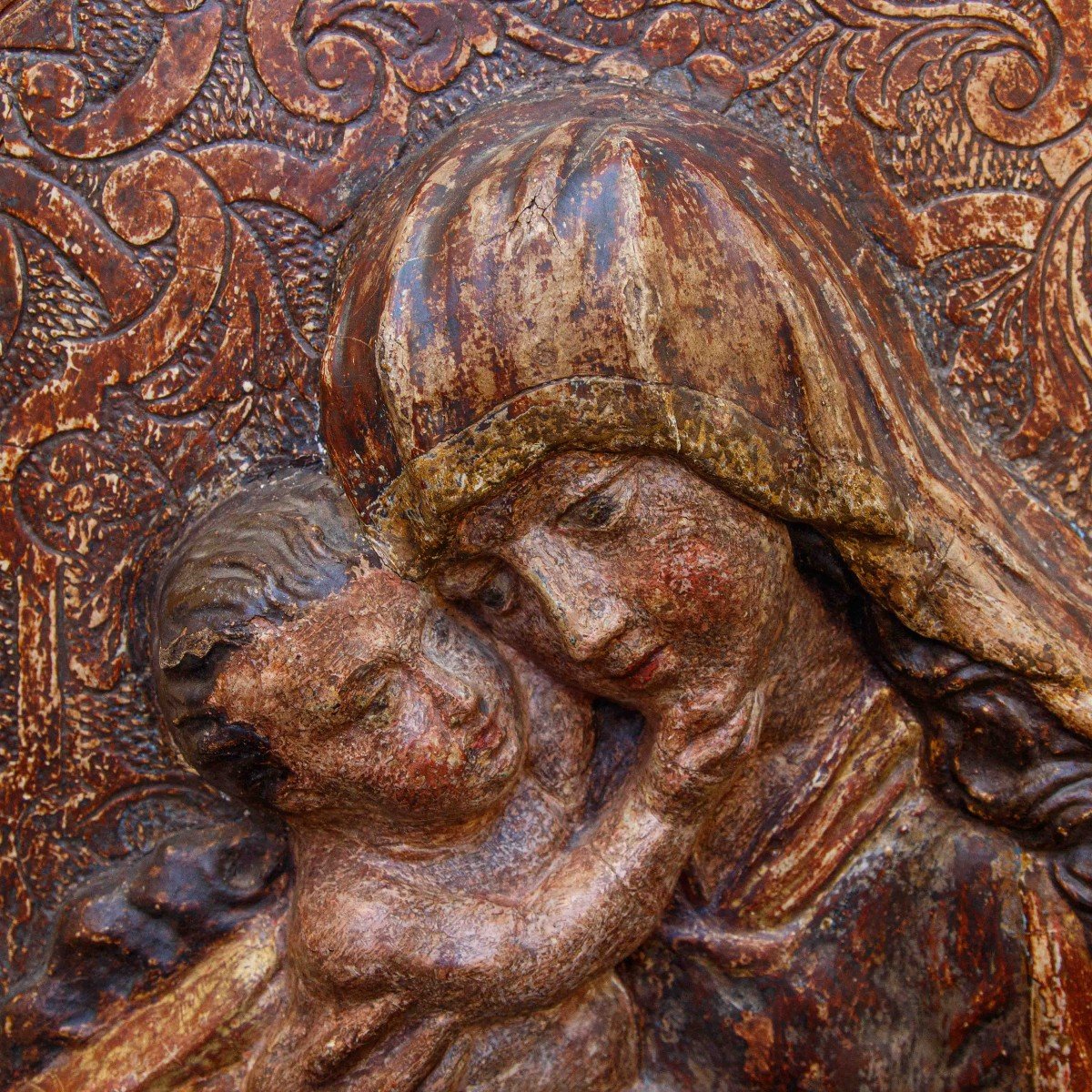



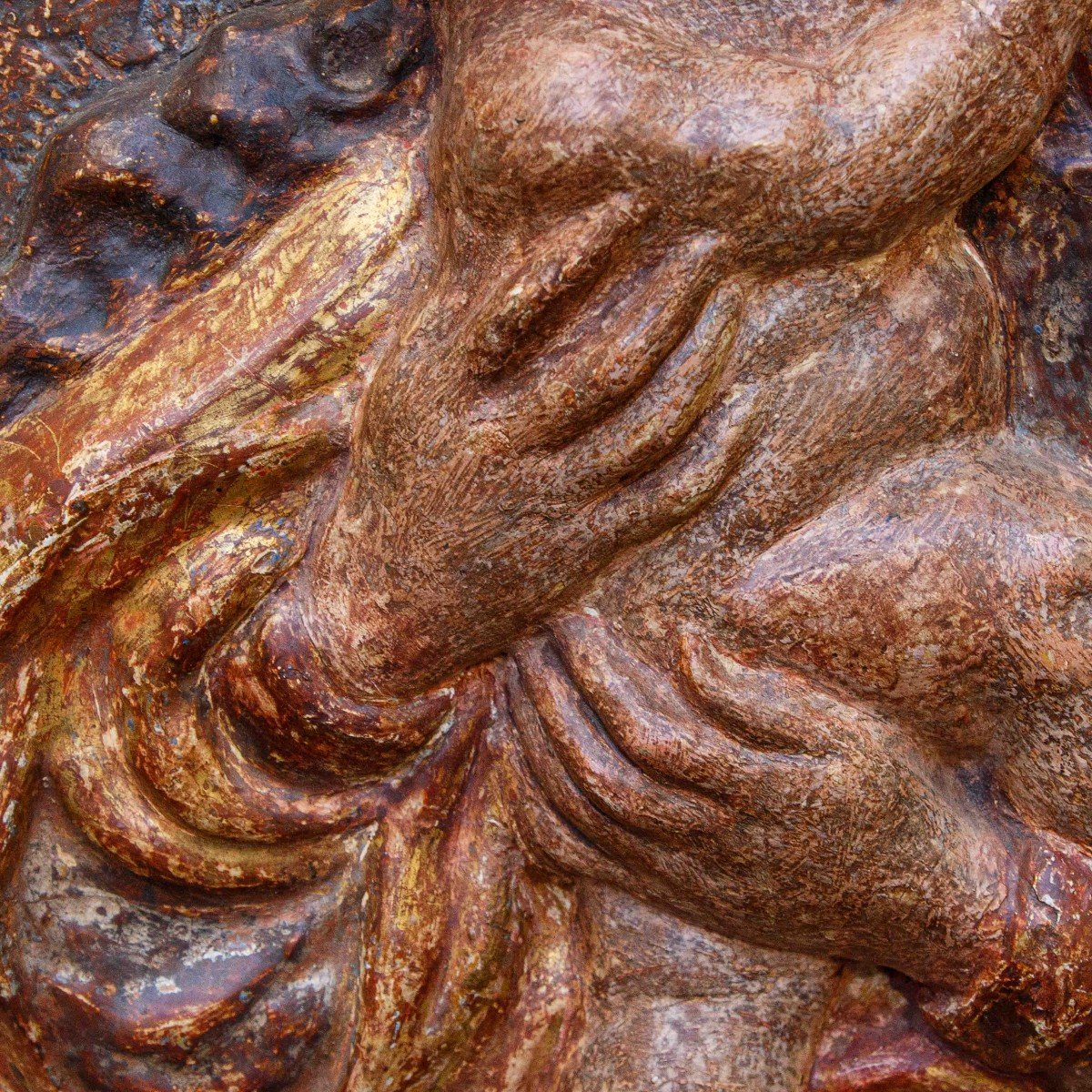















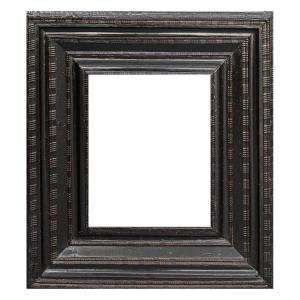



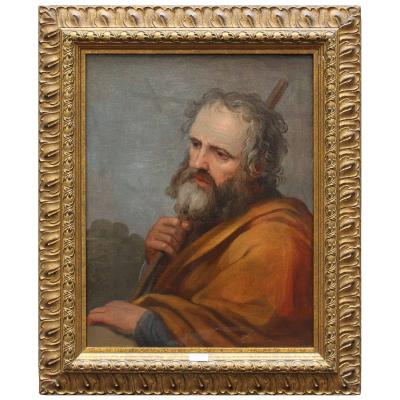







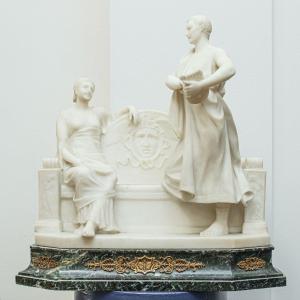
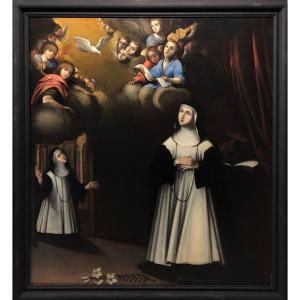







 Le Magazine de PROANTIC
Le Magazine de PROANTIC TRÉSORS Magazine
TRÉSORS Magazine Rivista Artiquariato
Rivista Artiquariato